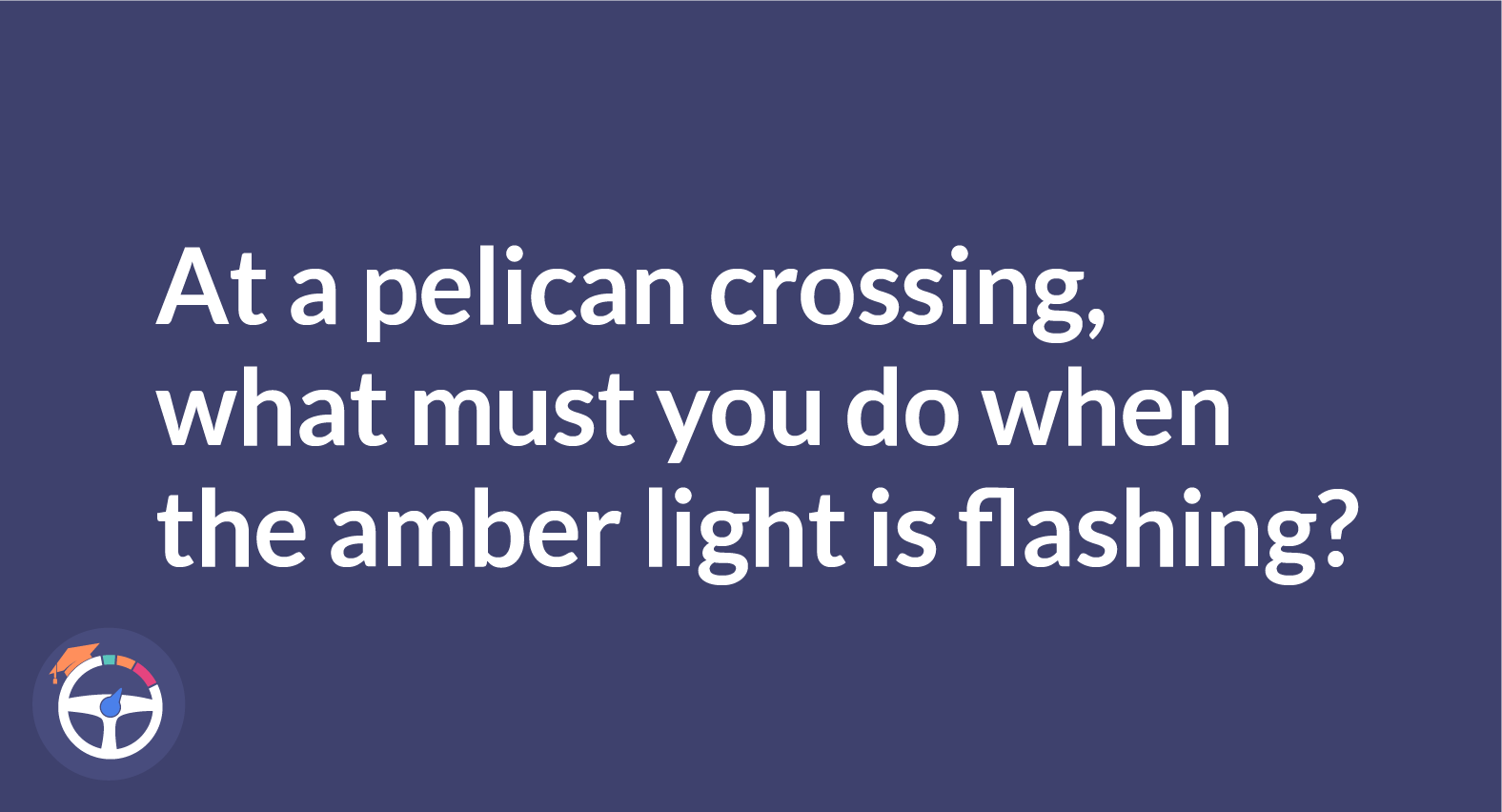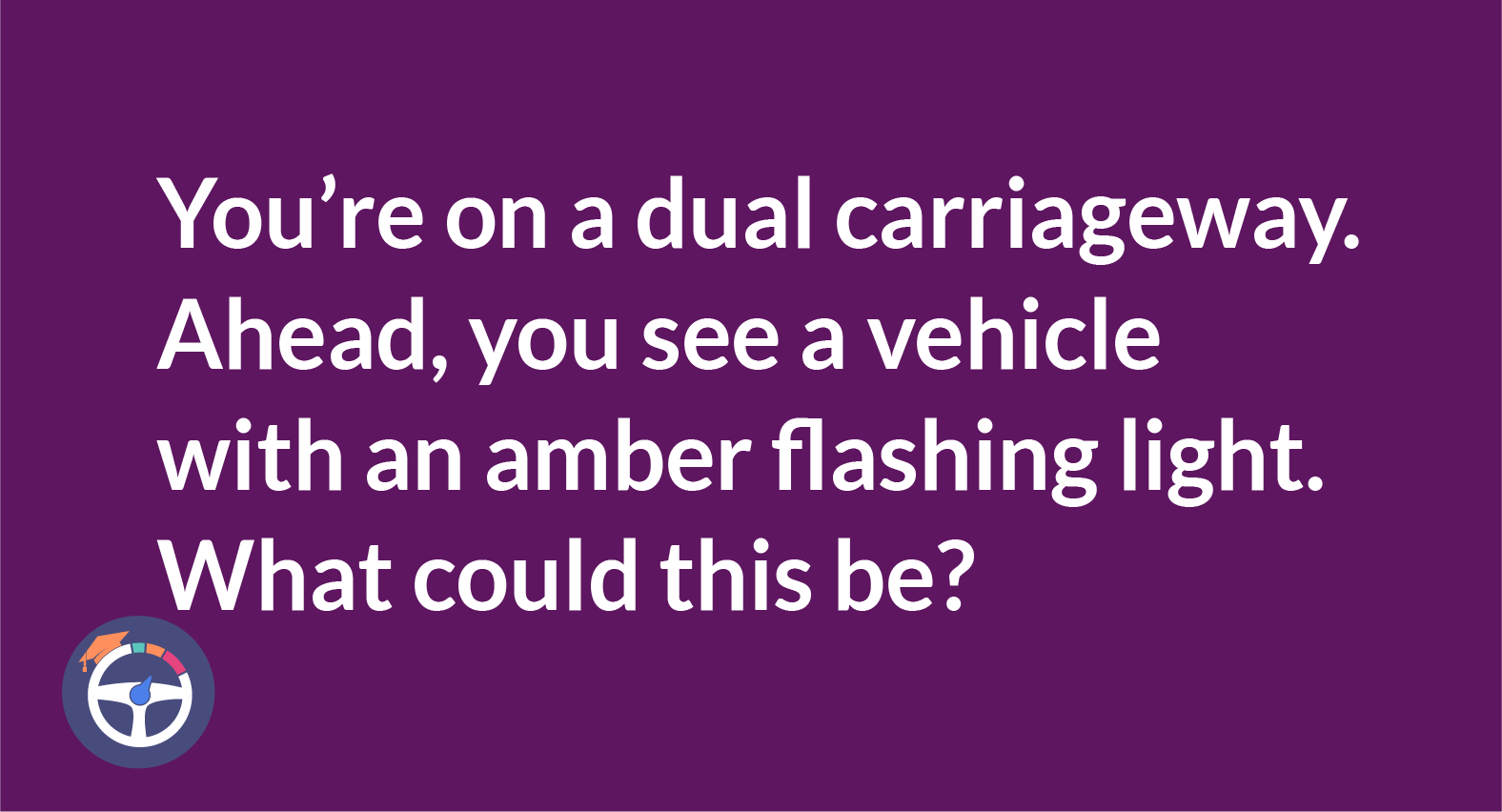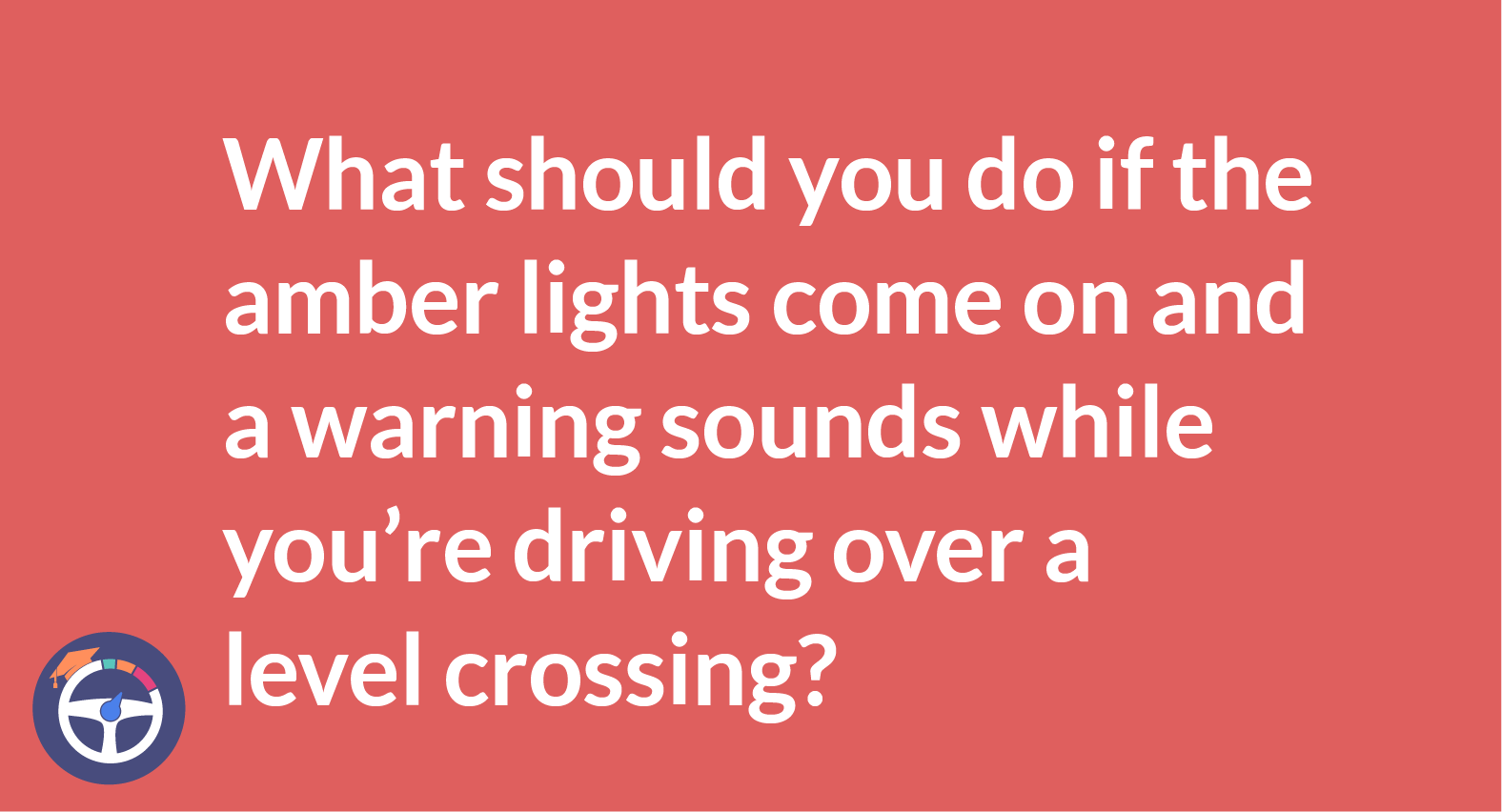What's the national speed limit on single carriageway road?
By Umm e Hani on May 08, 2024Contents
- National Speed Limits 101 - What's The National Speed Limit
- What Is A Built-Up Area?
- Navigating the Open Road
- Why 60 mph?
- The Importance of Sticking to Speed Limits
- Bonus Tips: Safety is Your Priority!
- That’s A Wrap!
Ever found yourself driving on a quiet neighborhood street and suddenly realizing you're not sure about the speed limit? Most people would play it safe and stick to 30 mph, which usually works. But what if the limit is even lower? It's crucial to know the right speed to keep everyone safe. Speed limits are there for a reason, but figuring them out can be tricky.
Let's break it down and explore the ins and outs of this important driving regulation.
National Speed Limits 101 - What's The National Speed Limit
In the vast expanse of roads, stretching beyond the hustle and bustle of built-up areas, there's a general speed limit. Drivers are expected to adhere to this limit. This speed limit is designed to ensure safety, taking into account factors like road conditions, visibility, and the presence of other motorists.
So, what's the magic number? Drumroll, please...
The national speed limit on a two-way road outside a built-up area is 60 miles per hour.
Yes, you heard it right - 60 mph is the golden rule when you find yourself cruising down a single carriageway road away from the urban jungle. However, it's important to note that this is a general guideline. There can be variations based on specific circumstances and local regulations.
What Is A Built-Up Area?
Before we dive deeper into the speed limit, let's clarify what we mean by a "built-up area." Picture the neighborhoods in your town, where houses, businesses, and schools line the streets, creating a dense, populated environment. These are built-up areas, and within their confines, speed limits are typically lower to prioritize safety.
Once you venture beyond these developed zones, you enter what's known as the "open road." Here, the landscape changes, and the speed limit reflects the more expansive and less congested nature of the surroundings.
Navigating the Open Road
As a new driver, it's essential to develop a keen sense of awareness. Especially when transitioning from built-up areas to the open road. The change in speed limit signifies a shift in driving conditions, requiring you to adjust your speed accordingly.
Remember, the national speed limit is not a green light to push the pedal to the metal without a care in the world. Safety should always be your top priority. Factors like weather conditions, the presence of pedestrians, and road signs indicating specific speed limits should influence your driving speed.
Why 60 mph?
The choice of 60 mph as the national speed limit on two-way roads outside built-up areas is not arbitrary. It stems from a careful consideration of various factors. Some factors include the need for a balance between efficient travel and safety.
At 60 mph, drivers can cover substantial distances without compromising safety. This speed strikes a reasonable compromise, allowing for timely travel while minimizing the risk of accidents. It's a speed that accommodates the realities of the open road, where visibility can be extensive, and the potential for encountering unexpected obstacles exists.
The Importance of Sticking to Speed Limits
As a responsible driver, it's your duty to adhere to posted speed limits. Speed limits are not arbitrary numbers. They are carefully determined to protect everyone on the road, including you. Exceeding the speed limit puts your safety at risk. It also increases the likelihood of accidents and impacts the overall flow of traffic.
Moreover, obeying speed limits can prevent legal repercussions, such as fines and license points. This can tarnish your driving record and lead to increased insurance premiums. So, when you see that familiar sign indicating a speed limit of 60 mph, take it seriously. Make sure to adjust your speed accordingly.
Bonus Tips: Safety is Your Priority!
- Foggy morning? Heavy rain? Adapt your speed like a seasoned sailor navigating a storm. Remember, safety first, even if the scenery is tempting.
- Texting and driving? Don't do it! Distractions? Avoid them like a knight avoiding a dragon's fire! Always be aware of your surroundings, like a vigilant guardian of the road.
- Never forget your driving license! And maybe pack some snacks for your road trip adventure. After all, a happy and focused driver is a safe driver.
Remember
Speed limits are your allies, not your enemies. They're there to keep you, your passengers, and everyone on the road safe. Drive responsibly, stay focused, and let knowledge be your guide as you explore the UK's amazing landscapes.
That’s A Wrap!
Open road awaits your exploration, and by respecting speed limits, you contribute to creating a safer and more enjoyable driving experience for everyone. So, buckle up, stay attentive, and enjoy the ride!


